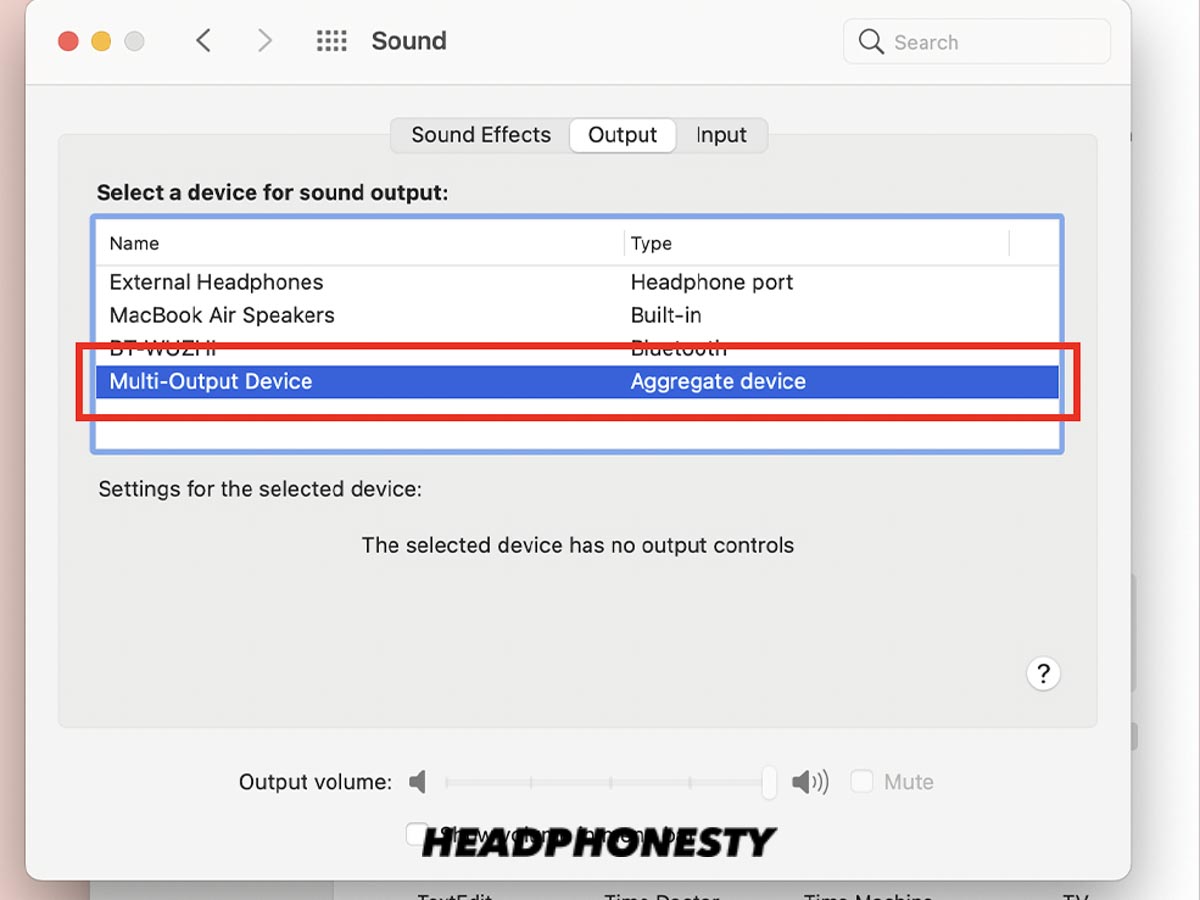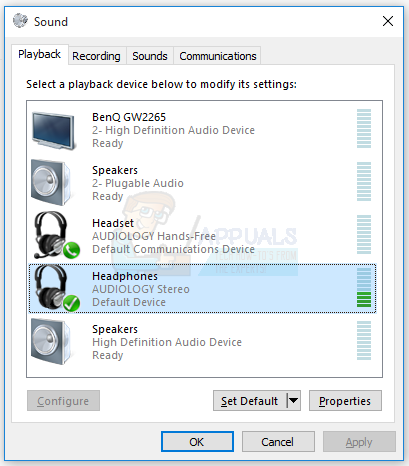
Verify via the speaker icon in the taskbar that the audio is not muted and is turned up. If using external speakers, make sure they are powered on. 
Click on that name to switch to the proper device, if applicable. (Sometimes Windows 10 will switch output to a different device, unbeknownst to you.) At the top of the pop-up window, you’ll see the name of the speaker currently in use-e.g., Speakers (2-Anker PowerConf). Windows 10 can sometimes change it to a different source unbeknownst to you.įirst, check to make sure Windows is using the correct device for speaker output by clicking on the speaker icon in the taskbar. This same advice applies if you just prefer your version of the app over the current one.įirst thing to check: The audio output device. Note: For paid software, your license for the program may be tied to a specific version-if that’s the case, you may need to do a little hunting to find its installation program on the vendor’s website.

Before doing so, first back up any data and/or write down how your settings are currently configured, as applicable.
If you still can’t hear anything in this program, try uninstalling and reinstalling it. (The option will say “Unmute tab” if currently silenced.) In browsers like Chrome and Firefox, each tab can be muted individually-right-click a tab to see its status. Confirm the program’s volume isn’t turned down or muted. If your computer abruptly stops playing sound, try these easy steps to fix the issue: No sound in one app If it doesn’t, check for an updated driver on the computer or sound card manufacturer’s website or through Windows Update.For all its positives, Windows sometimes acts in unexpected ways-like a sudden lack of audio. Even if the status message indicates that no issue is present, reinstalling the driver may resolve the problem. Afterward, reinstall the driver by clicking the “Scan for hardware changes” icon in the menu area of Device Manager. If Windows indicates that the device has malfunctioned, try clicking on the “Driver” tab and then clicking the “Uninstall” button. If the sound card did not come with the system, you’ll need to visit the sound card manufacturer’s website. If the message tells you that no driver is installed, you’ll need to download a compatible driver from your computer manufacturer’s website or Windows Update. Select “Properties” and review the device status information. Expand “Sound, video and game controllers” and right-click your sound card (for example, “Realtek High Definition Audio”). 
When ready, click the Start button, type “device manager” into the Search box (without quotes) and select “Device Manager” from the search results. You’ll need to be logged in as a local administrator to work with drivers.







 0 kommentar(er)
0 kommentar(er)
